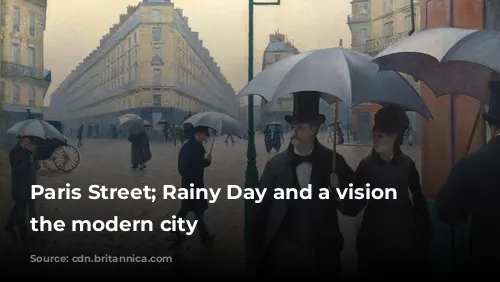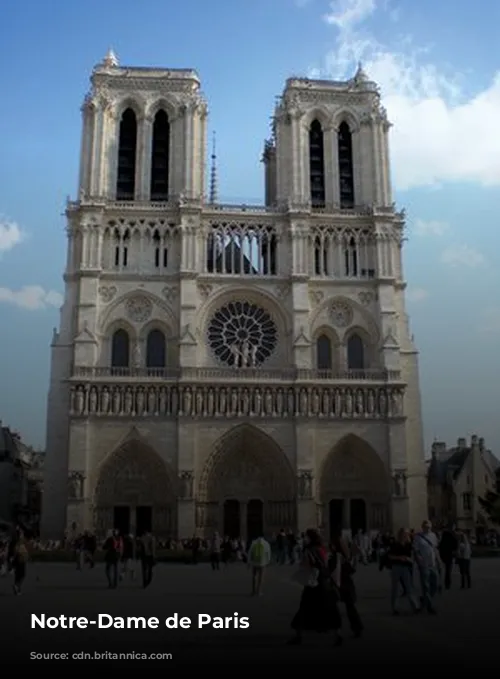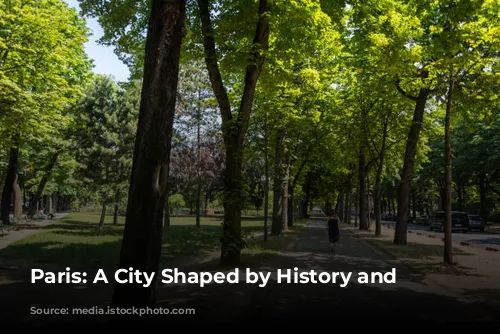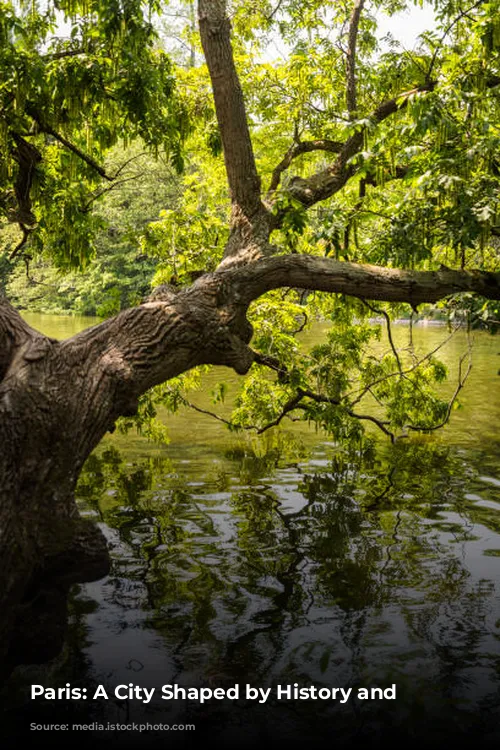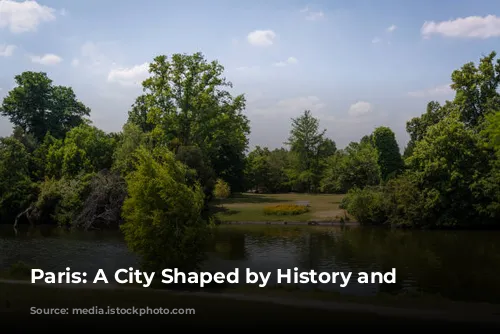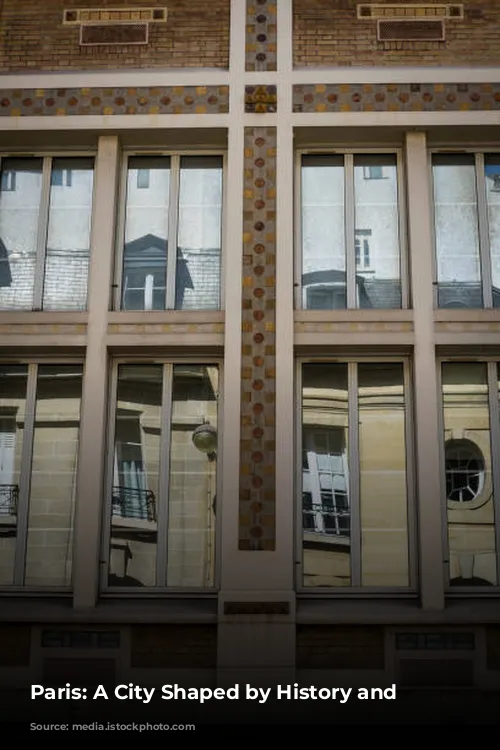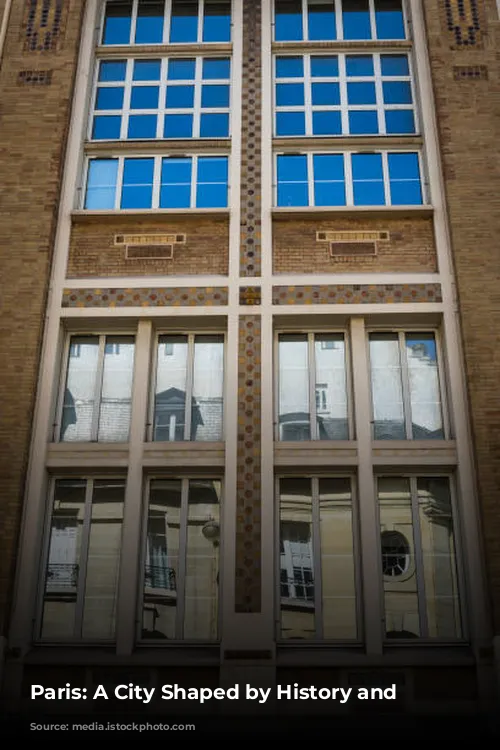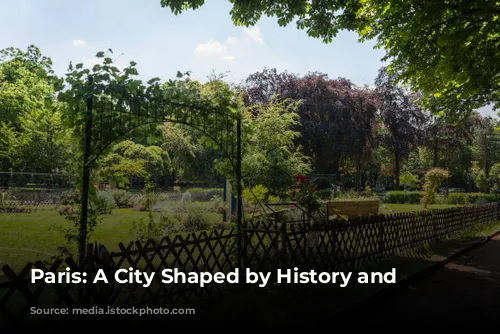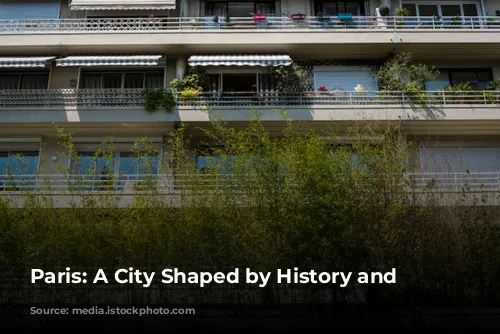Paris, the City of Lights, enjoys a temperate climate thanks to its location on the western side of Europe and its proximity to the Gulf Stream. The weather can be unpredictable, especially during winter and spring, when sharp winds can bring a chill.
Despite the occasional cold snap, Paris boasts an average annual temperature in the lower 50s Fahrenheit (about 12 degrees Celsius). Summertime brings temperatures in the upper 60s Fahrenheit (around 19 degrees Celsius), while January sees an average temperature in the upper 30s Fahrenheit (about 3 degrees Celsius). The city experiences freezing temperatures for about a month each year, with snow falling on approximately half of those days.
Paris has made strides in improving its air quality and ensuring the safety of its tap water, thanks to a dedicated system of water purification.
A City Within Walls: The Evolution of Paris
Over the centuries, Paris has grown and expanded, marked by the construction and eventual demolition of various city walls. The Île de la Cité, the historical heart of the city, was initially fortified with a wall built using stones salvaged from a Roman town on the Left Bank after it was ravaged by barbarians.
Bridges connecting the island to the Left and Right Banks, including the Petit Pont and the Pont au Change, were guarded by fortified gates known as châtelets. These early structures served as defensive fortifications, prisons, and even torture chambers.
King Philip II further strengthened the city by constructing a new wall from 1180 to 1225, protecting settlements on both banks of the Seine. Charles V expanded the fortifications in the 14th century, with the imposing Bastille fortress guarding the eastern approaches and the Louvre fortress protecting the west.
In 1670, Louis XIV replaced the Charles V walls with the tree-lined Grands Boulevards, enhancing the city’s beauty with triumphal arches at the Saint-Denis Gate and the Saint-Antoine Gate.
The 18th century saw the construction of a new wall with tollhouses, designed to collect taxes on goods entering Paris. These tollhouses remain standing today at Place Denfert-Rochereau.
The final wall, erected in the mid-19th century by Adolphe Thiers, was a serious military installation with outlying forts. This wall enclosed a number of villages outside the city, including Auteuil, Passy, Montmartre, La Villette, and Belleville, marking the expansion of Paris beyond its historical boundaries.
A City in Transformation: The Influence of Haussmann and the Industrial Revolution
The collapse of Napoleon III’s Second Empire in 1870 and the surge of industrial activity attracted a growing population to Paris. The Industrial Revolution’s impact on employment and the development of railways made Paris a more accessible and desirable place to live.
Between 1852 and 1870, the city planner Baron Haussmann implemented a dramatic transformation of Paris. He demolished the walls of the farmers-general and constructed wide, straight boulevards that sliced through the city’s labyrinth of narrow streets. This modernization project not only improved traffic flow but also opened up the city to a more spacious and grand layout.
The 19th-century walls were eventually removed, and the boulevards were further extended in 1925. This expansion and modernization solidified Paris’s position as a thriving metropolis and a center of culture and innovation.
The Île de la Cité: The Heart of Paris
The Île de la Cité, a ship-shaped island situated in the Seine River, is the historical heart of Paris. This island, approximately 10 streets long and 5 wide, is connected to the riverbanks by eight bridges, with a ninth leading to the smaller Île Saint-Louis to the southeast.
The Pont Neuf, the oldest surviving bridge in Paris, was built between 1578 and 1604. Its sturdiness is legendary, with Parisians still using the phrase “solid as the Pont Neuf” to describe something particularly strong.
The bridge features intricate decorations such as grotesque masks along the parapet and half-moon bays, which were the first sidewalks in Paris. For centuries, this bridge was the main thoroughfare and the center of Parisian life.
A bronze equestrian statue of King Henry IV, who insisted on the completion of the Pont Neuf, graces the bridge. This statue is a 19th-century reproduction of the original, which was the first statue to stand on a public way in Paris.
The Île de la Cité also houses the Palace of Justice, a complex building with a rich history. The palace, built on the site of the early Roman governor’s residence, was rebuilt by King Louis IX in the 13th century and enlarged by Philip IV.
The Conciergerie, a grim, gray-turreted structure added by Philip IV, served as a prison and was used by the Revolutionary Tribunal during the French Revolution.**
The Sainte-Chapelle, a masterpiece of Gothic Rayonnant style, is another important landmark on the island. Built in the 13th century, it was designed to house the Crown of Thorns and other holy relics.
The 19th century saw a “sanitization” of the island under King Louis-Philippe and his successor, Napoleon III. Baron Haussmann led this project, clearing antiquated structures, widening streets and squares, and building new government offices, including parts of the Palace of Justice.
This transformation marked the transition of the Île de la Cité from a medieval center to a modern heart of Parisian power and administration.
Today, Paris remains a captivating city, where history and modernity blend seamlessly. The city’s grand boulevards, ancient buildings, monuments, gardens, plazas, and bridges offer a glimpse into its rich past while showcasing its ongoing dynamism and cultural vibrancy.
